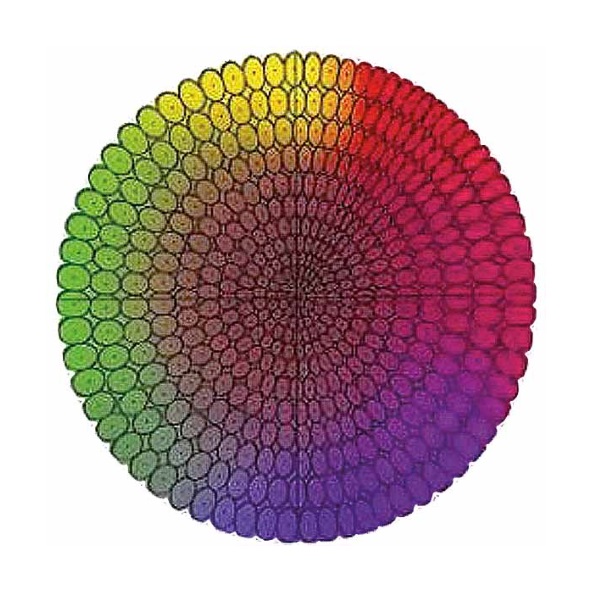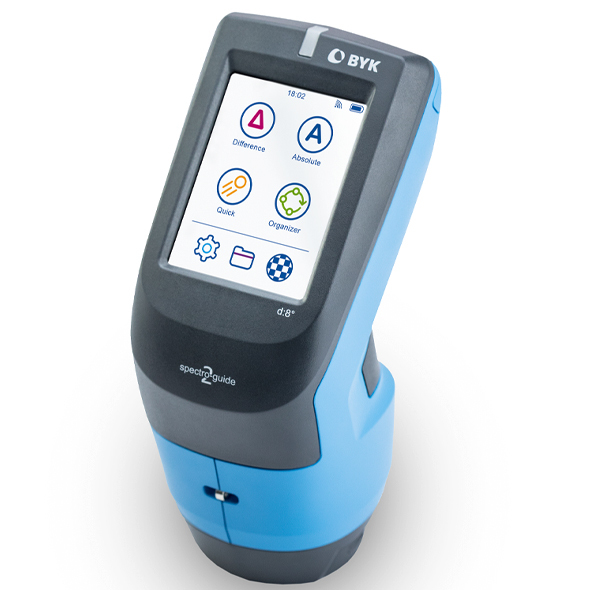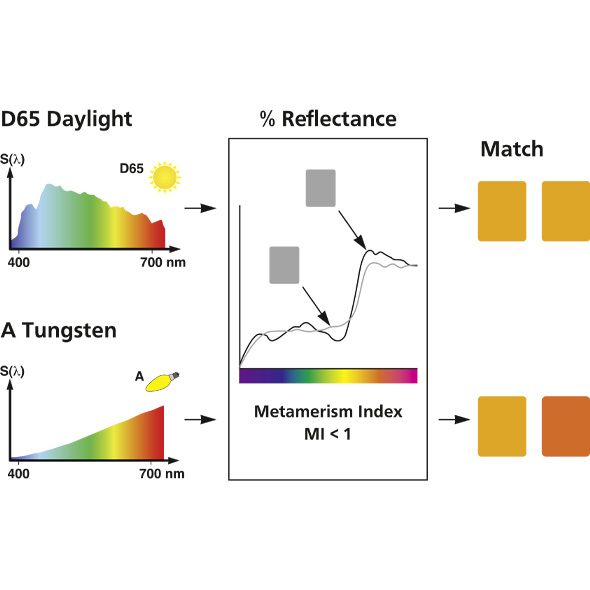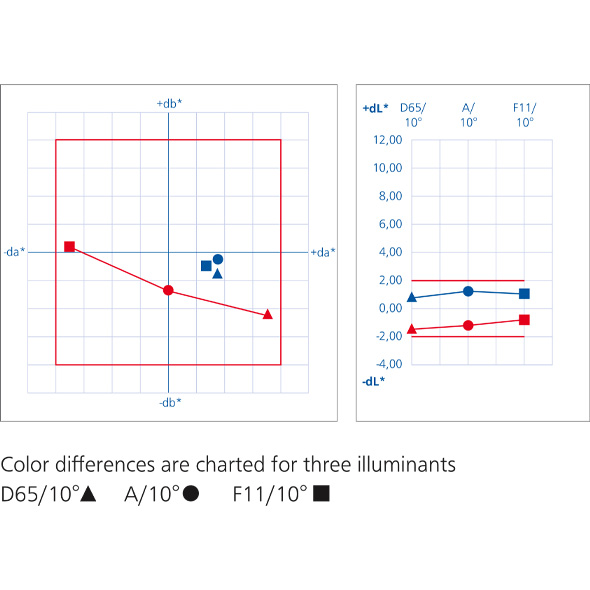Solid Color & Gloss
spectro2guide
Industrial coatings - A fascinating decoration
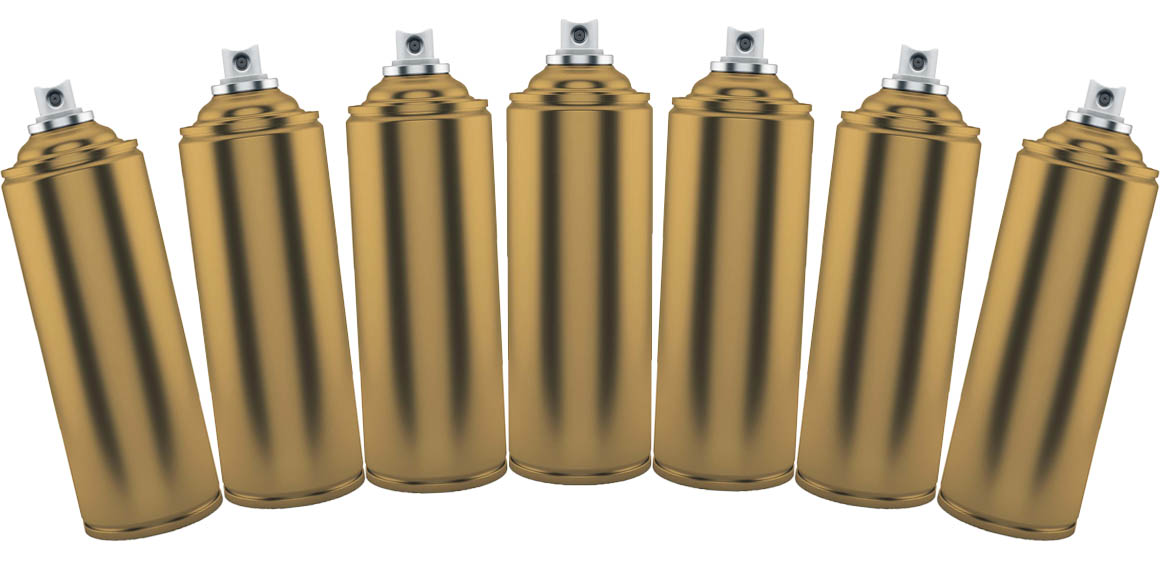
Patchwork might be good for quilts but certainly not for coated industrial goods. As many finished products consist of multiple components which are manufactured by different suppliers and at different locations, uniformity of color and appearance is crucial. Not only the paint batches need to be delivered with consistent quality, but also the production process of the finished product needs to be controlled.
According to Wikipedia the oldest transmitted paint formulation dates back to the 12th century. Since then a lot has changed. Industrial coatings with lower solvent content were introduced resulting in water based systems with almost no solvent. Increasing environmental demands during the last years and requirements for low VOC (volatile organic compounds) systems open the doors for powder coatings with 100 % solids content. Independent of the material, the optical properties of industrial coatings need to fulfill certain quality aspects before they can be applied on the final product.
